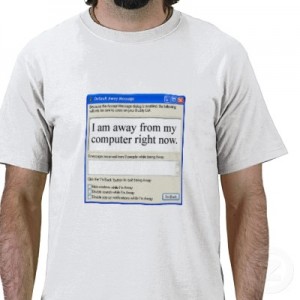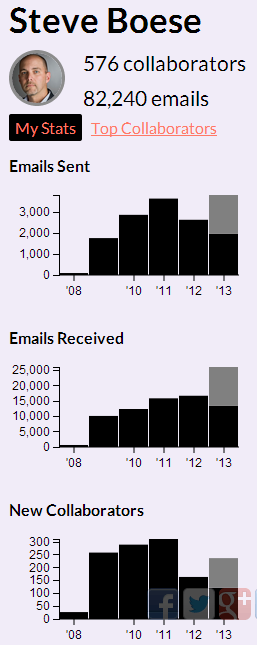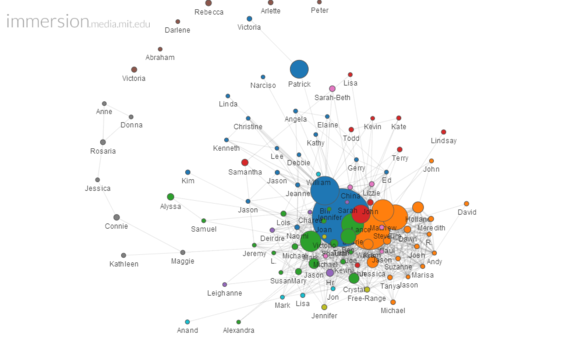NEEDED: The universal "Out of the Office" notifier
I took a day off yesterday (a real day off, not that fake kind of half working/half not working but still checking email every hour kind of day).
And since I am conscientious, I activated the requisite "Out of the Office" auto-responder on both my corporate email account, as well as on my Gmail account (where I do have lots of 'official' work-related correspondence going on as well). My OOO message basically said I was offline and if you had an 'urgent' matter that needed immediate attention to text me, otherwise I would get back to you as and when I could.
For the most part, the strategy was successful - I did of course get a bunch of emails to both email accounts that my OOO auto-responder handled. Three people saw the OOO message and did indeed decide their issue was 'urgent' and elected to text me during the course of the day. Putting aside the fact that in the work that I do nothing is truly ever 'urgent' in strictest terms (no life or death decisions, etc.), let's just say that I had a slightly different take on the relative urgency of the items that were texted to me yesterday. But that's fine, I offered that up as a way to get in touch with me even when I was out, so it is really my bad if I truly did not want to be contacted all day.
But what I didn't have a good way to address were the other 4 or 5 ways people seem to like to try and contact me these days. LinkedIn messages, @ messages and Direct Messages on Twitter - heck someone even sent me a Facebook message that was work-related. Aside - please do not send me a Facebook message about work. That is terrible.
I even got pinged with a message informing me I had a voicemail left on Google Voice. I did not even realize I had Google Voice.
What I really wanted yesterday is a kind of universal, covering all potential ways of getting a message to me, "Out of the Office" auto-responder. So no matter if it was an email, a Tweet, even a random Google Voice (still can't figure out how that happened), anyone trying to contact me would have been informed that at least for one day, I was probably not getting back to them.
Unless they sent me an urgent text. Then I guess I would have to. Even if it wasn't urgent.
Have a great day!

 Steve
Steve





